
Candida Martinelli's Italophile Site

Main
Page This family-friendly site celebrates Italian culture for the enjoyment of children and
adults. Site-Overview
Villa Medicee II Villa dell'Ambrogiana Villa del Trebbio Villa Cafaggiolo Villa di Castello Villa La Petraia Villa Medicee I Some images from Castle Chenonceau in France, Caterina
de' Medici's favorite castle, from where she ruled France for most of
her reign. This is the impressive tree-lined walkway leading to
the Castle that sits on the banks of the Cher River in the Loire Valley.
The Castle is actually the construction between the
tower on the right, and the walkway/corridor built across the River Cher
on the left.
These gardens are the Diane de Poitiers
Gardens.
When Caterina de' Medici took the Castle from Diane de
Poitiers, she had it remodeled putting a definite de' Medici and Italian
stamp on it. The Medici balls and Florentine crest now decorate
the ceiling of the bedroom of her former rival. An Italian garden
was added. Italian majolica and terracotta tiles decorate the
floors, the terracotta tiles stamped with the Florentine symbol. One of the changes was this staircase she had built of
Italian design, that was the first staircase in France of a style that
wasn't round. It is elaborately decorated and well-lit by a window
and balcony that looks onto the River Cher. It goes up the 3
stories of the Castle, but not down into the kitchens.
Another improvement was the conversion of a walkway
across the River Cher into a corridor used for state functions and
parties, as seen here from a castle window.
And here, from inside.
The kitchens were in the basement and they have been
wonderfully preserved as you can see here in these images. The butcher's block with knives and the drawer in the
bottom for blood and bits that were used for sausages. The hooks
are for hanging fowl and other meats.
Another butcher's block, well-used, with the handy
drawer underneath.
One of the hearths with cooking pots hanging, and the
table full of produce.
The bread oven with bread forms and a ready supply of
wood.
If you step back, you can see the bread paddles, the
same type that are used by pizza makers around the world.
Here you can see that the bread oven sit next to a
cooking hearth.
The sink with a pump that pumps water from the River
Cher below.
Giulio de' Medici (1478-1534) was his cousin's advisor all through his
papacy as Leo X, so he understood the situation of the church and the politics
when he was elected to the position, after the death after only two years as
Pope, of Adrian VI, in 1523.
Giulio took the name Pope Clement VII.
He reluctantly made12-year-old Ippolito the nominal head
of the de' Medici family interests in Florence, over his own
illegitimate son Alessandro. As Giulio was illegitimate too, his illegitimate son
had less claim on the title. Giulio made Alessandro
the Duke of the Italian city Penne, in compensation.
All Giulio's experience didn't mean he was a particularly skilled Pope
from our point of view. But from his point of view, there wasn't
much he could do but try to walk a tightrope between the two other
great European powers of the time: Giulio also tried to straddle the fence on the
Lutheran problem.
He and the other Cardinals had opposed Pope Adrian VI's attempts to
reform the Catholic Church from within to counter the Lutheran
points. The Cardinals continued this opposition under Pope Clement VII.
So when Henry the VIII of
Britain wanted a divorce, they stuck to the letter of the current law
and denied it, being especially angered by his betrothed's sympathies
with the Lutherans. This denied divorce resulted famously in the
schism that established the Church of England. Giulio, as Pope Clement VII, didn't neglect his
artistic duties
to his family. He had Michelangelo design and create a building
worthy of the de' Medici library, a collection begun by Cosimo the Elder. The
beautiful Laurentian Library still stands today in Florence and is open to the public.
Charles V sacked Rome in 1527 when the mercenaries under
Giovanni delle Bande Nere, a de' Medici from the junior branch, was defeated.
Giovanni died defending Rome. During the resulting sack of Rome, thousands were murdered and tortured, and the Vatican
was looted of it's art and books.
Pope Clement VII was held prisoner in Castel Sant'Angelo until the Pope bribed
some guards
and managed to escape to Tuscany dressed as a peddler.
This print ridicules the
situation which does suggest something of the surreal about it.
Filippo Strozzi happened to be with the Pope at the time, and the Pope
turned him over to the enemy in the hopes of gaining his own release. Strozzi was shipped off to prison in Naples.
This was yet another reason for
the Strozzi to dislike the de' Medici, as if they needed one.
Castel Sant'Angelo, Rome
During all the confusion, the republican element in Florence reasserted
itself and re-established the Florentine Republic.
Alessandro and Ippolito fled
with their protector, the Cardinal of Florence, but they
left behind their 8 year-old cousin Caterina.
The republican forces took possession of all
the de' Medici property, again, and they took Caterina de' Medici captive,
keeping her locked up in a convent.
Florence was immediately hit
by an epidemic that killed thousands of people. The Republic lasted only 3 years this
time. Pope Clement VII signed a truce with Charles V and together they
laid
siege to Florence.
Michelangelo, who was in Florence during
this time working on the de' Medici crypt and library, joined the
republican forces and supervised defenses that helped keep out the
advancing armies. His defensive earthworks meant that the city was
not overrun, but put under siege, a siege that lasted nearly a year.
Pope Clement VII demanded the safe release of his
grand-niece Caterina. But the republicans were undecided whether
to either place the child on the city walls exposed to the de' Medici
artillery bombardments, or give her to the soldiers to dishonor. Tough
choice! What a lovely era!
Catherine de' Medici as a child
Eventually,
after a deal was brokered between the Pope and Charles V, the Pope's
forces retook the city in 1530 and Caterina was brought to Rome.
Clement VII ordered that Michelangelo, a childhood
friend, be
spared death and be allowed instead to return to work on the family
tombs and library. But Michelangelo knew that he'd made an enemy
of the younger de' Medici, and the failure of the Florentine Republic
hurt him deeply.
Clement VII and Charles V's deal:
Alessandro took little Caterina into his care as new head of the de' Medici
family. Alessandro's nickname 'Il Moro' means 'the Moor', and was given to
Alessandro because of his dark skin
from his North African mother. She was a serving girl in a de' Medici
Palace when she conceived Alessandro with then Cardinal Giulio.
There are competing theories that she was either a black-African or of mixed
parentage. But from this portrait by the rather honest Pontormo,
Alessandro looks very North African.
Alessandro de' Medici by Pontormo
A bit later on, Clement VII managed to get Charles V to sell a
Dukedom to Alessandro making him the first Duke of the
new Duchy of Florence in 1532. Clement VII hoped the title and
protection of the Holy Roman Emperor would make Alessandro appear more
legitimate to the Florentines.
This was a huge miscalculation.
The Florentines still harbored hopes of regaining their Republic, and
the annexation of Florence by Charles V, angered many republicans,
including members of the junior branch of the de' Medici family.
Duke of Florence Alessandro by Vasari
A part of the deal, Charles V offered to Alessandro in marriage
Charles's illegitimate daughter,
Margaret, then 9 years old. Alessandro married her
in 1533 but kept the woman he loved as his
mistress. His only children to live to adulthood were fathered with her
and were named Giulio and Giulia
de' Medici, after his father.
Alessandro's father, Pope Clement VII, hired Michelangelo, to paint the
Last
Judgment on a wall of the Sistine Chapel, but the Pope didn't live to see it
completed. Clement VII served as Pope until 1534, when he died from
eating a poisonous mushroom. That's not really as suspicious as it
sounds in a time when there was little industrial mushroom production,
and the Pope was a famous glutton.
Pope Clement VII was Michelangelo's protector against
Alessandro, who hated the artist for his republican beliefs. So
when Pope Clement VII died in 1534, Michelangelo decided to remain in
Rome rather than return to his beloved Florence. Michelangelo was
54, and he was to live to be nearly 100 in Rome, never returning to
Florence until after his death, brought there by another de' Medici for
burial and royal honors, but more about that in the next section.
And what of little Caterina at this time? Caterina's great-uncle, Pope Clement VII,
married her
off in 1533 at the age of 14, with Alessandro's approval and
assistance, to the second son of
Francois I the King of France, Henry the Duke of Orleans, who was also 14.
This was a strategic move by the Pope, trying to keep
a foot in both camps: the French House of Valois, and
the Holy Roman Emperor with Caterina's marriage, and through Alessandro's link to
Charles V through his marriage.
For Caterina, in the long run,
it was probably for the best. Her mother was of the House of Tour de Boulogne
and was closely linked to the French royal families. Her
mother also left
Caterina
great personal wealth.
And Caterina was actually:
Early on, Caterina had a low position in the rich French court,
and her position was even more precarious after the death of her uncle, the Pope,
in 1534.
But when the King's first son, the Duke of Albany, died of poisoning,
(other reports say he died of a chill after tennis) Caterina's husband
became the next in line for the French crown, the Dauphin, and
Caterina's stature rose as well.
The death of the Duke of Albany
is very suspicious especially since: Well, when
the de' Medici are involved, and they really, really wanted Caterina to
be French Queen, anything is conceivable.
So many conceived the assassination possible, that the man was arrested,
tortured and tried. But he never confessed to working for the de'
Medici. It served the
French King, Francois I, to implicate his enemy Charles V, and when the
prisoner helpfully confessed to this, he was killed.
Years later, Caterina
would kill an enemy in much the same way the Duke of Albany was killed,
with perhaps the same poison. One of the more popular, if gruesome,
exhibits in France is Caterina de' Medici's poison cabinet at Versailles.
I have more about Caterina below on this same page. Her life was
long and interesting, to say the least.
After his father, Pope Clement, died, Alessandro felt less
secure of his position. In response to his insecurity and a
weak nature, he took more and more power
into his own hands. And as it's known to do, the absolute power corrupted him absolutely.
Alessandro tried
to secure his position by having his cousin Ippolito, now
Cardinal de' Medici, poisoned,
in 1535. Although Ippolito officially died of malaria, en route to Charles V to complain about Alessandro's rule of
Florence, few doubt Alessandro had a hand in assassinating his cousin.
Ippolito was only 24 years old, and was widely respected
for his regal bearing and intelligence.
Ippolito de' Medici, he just missed out an
being head of the family, and by all accounts he would have been a
worthy one
Alessandro began to indulge all his illicit desires, leaving himself vulnerable to hangers-on
and courtiers who supplied him with whatever he desired.
Alessandro's cousin Lorenzino became one of those courtiers, but with ulterior motives.
One of Alessandro's whims, was to take possession of the
Villa della Petraia, which wasn't much of a villa at all at the time. It
was a medieval fortress and farming estate. Alessandro died before
he could do much with it. It's rebuilding was taken on by a later
de' Medici.
All this bad feeling gave the junior side of the de'
Medici family an opportunity. They saw that they had a good
chance to finally
take control of the family empire.
Lorenzo de' Medici,
the father of the junior line of de' Medici, had a great-grandson, Lorenzino
(1514-1548), the same Lorenzino who had befriended Alessandro.
Lorenzino used his courtier status and false friendship to lure Alessandro
undefended to his death.
Lorenzino had his assassins stab Alessandro to death in 1537,
as Alessandro arrived for an assignation with his beautiful cousin, Lorenzino's sister.
Alessandro, born in
1510, died at the very young age of 27, and was buried in his uncle's
tomb, Lorenzo the Duke of Urbino, in the New Sacristy made by
Michelangelo.
The reason he was buried in his uncle's tomb was
because the de' Medici family had always put forth the lie that
Alessandro was the Duke of Urbino's illegitimate child. This was
meant to save Cardinal Giulio the shame of fathering a
child while a Cardinal.
Lorenzino escaped to Venice and wrote an account of the killing
called Apologia (Apology), which he had published and sold throughout Europe.
In his Apology, he said he killed his cousin to give the
Florentine Republic a chance to return to power.
Perhaps this is
true, perhaps not. Coming from a de' Medici, especially one from
the devious junior branch of the family, many dismissed this claim. The claim was beside the point, because the republican revolt never happened. Lorenzino had killed the last viable de'
Medici from the senior line, leaving himself, at age 23, the next in line to take
over the family interests, so no one believed his Apology.
Granted, history is written by the victors, but Lorenzino's assassination of his own
cousin, head of the de' Medici family, caused in his own lifetime for his nickname to become Lorenzaccio, the Bad Lorenzo.
He had another nickname given by many people, Brutus Lorenzino, and this bust of Brutus,
one of the men who betrayed Caesar and killed him, is by Michelangelo from
1540. It's said Michelangelo was inspired by Lorenzaccio when he
crafted the expression of contempt and arrogance.
Just so you know: Not everyone condemned Lorenzino. Filippo
Strozzi, a longtime business rival of the de' Medici, and supporter of a
republican Florence, ordered his sons to marry the daughters of Lorenzino to ensure his grandchildren would inherit his cunning,
determination and courage for the sake of liberty.
Filippo Strozzi
Strozzi's sons did as their father wished. Oddly enough, they lived in France at that
time, attached to the court of Caterina de' Medici, who was their cousin by
marriage, even before they married into the junior branch of the de'
Medici family.
Many years back, Filippo Strozzi had married Caterina de' Medici's aunt in a
bid by the de' Medici to buy him off. It didn't work, but Strozzi
loved his wife, Clarissa, deeply.
Strozzi's beloved wife Clarissa de' Medici, Caterina
de' Medici's aunt, in a classic pose signifying love, supposedly love
for Filippo Strozzi
On Clarissa's death, Strozzi returned to Florence,
renewed ties with the de' Medici family, and eventually became
head of Caterina de' Medici's household when she went to France to marry Henry de
Valois.
Strozzi returned to Florence after the death of Pope Clement
VII, and possibly helped orchestrate the death of Alessandro.
Filippo Strozzi was among the group who put the de' Medici back in charge of
Florence after Alessandro's death, with the hopes that the de' Medici
from the junior branch of the family would live up to their republican
talk.
And Caterina de' Medici? She became Queen of
France in 1547 and eventually bore
Henri II 10 children in 10 years, despite his continuing affair with his mistress
Diane de Poitiers (and others), and his early inability to father children
(for which she was blamed and threatened with divorce).
It's been suggested that his repeated impregnation of a wife he didn't
want, was a plot by Henry II to kill Caterina the way her own mother had
died, in childbirth. But the plot failed.
Others say the pregnancies were a plot
by Henry's mistress, Diane, to keep the young Caterina in maternity confinement for years and
years so Diane and Henry II could run the country together. This plot
succeeded.
Interesting to note how times change,
Diane was ridiculed for keeping herself young and attractive
for her
much younger lover Henry II, by using false teeth and false hair and
much makeup and fancy dress. It sounds like an awful lot of work to keep this
not-so-cheery-looking fellow, if you ask me, but I'm not a power junkie.
Caterina waited patiently for a chance to gain some influence for herself and her
children. And she maintained contact with her relations in Italy, but
was careful not to have Italians in her retinue in France, to avoid any
accusations of being a traitor to France.
After Henry II's illness from injuries sustained
in a friendly joust, and his subsequent death in
1559, Caterina
banished his mistress and proceeded to skillfully take the reigns of power in
France.
She also took Castle Chenonceau from Diane, had it
redecorated for herself, then lived there off and on for years. I
include in the left column some photos I took from a recent visit to the
beautiful Castle. I highly recommend a visit if possible.
You can read more about it at
it's
Wikipedia page.
Caterina held the country together under the House of Valois during
the tumultuous:
And Caterina
spent much of her time planning the marriages of her children, all for
political gain, of course.
Caterina's third and favorite son, Alencon d'Anjou,
was offered to Queen Elizabeth of England. But Elizabeth objected to his
young age and pockmarked face from an earlier bout with small-pox, a
common condition in those days, one that Elizabeth herself had suffered
leaving similar scars.
When the English physicians
offered to treat the scars to lessen then, Caterina told them to test
the treatments on a court page first. If the page lived, and the
cure worked, they
could then use them on her son. Sweet lady!
In the end, Elizabeth rejected Alencon, scars or no
scars, as
she rejected all her suitors. This was most probably because under the terms of
her father, Henry VIII's, will, Elizabeth lost all power and all her wealth if
she married. Sounds like Henry wanted her to be the Virgin Queen
she turned out to be.
Caterina was a famous spreader of Italian
culture from cuisine, ceramics, couture and makeup, to perfumes, to the use of
secret poisons to eliminate enemies over cocktails and dump them through
trap doors in the floor.
Caterina was also, like all the de'
Medici, a patron of artists and architects, leaving grand buildings
around Paris with her and her husband's initials on them, including The Louvre Museums and the Tuileries.
Caterina died at the age of
70 in 1589, while giving political advice to her son, Henry III, on her
deathbed.
Here's a link to a biography of Caterina de' Medici, if you'd like to
read more about her.
To the next section:

The
de' Medici Dynasty
![]()
The family's history parallels
Italy's history. I've divided it into sections listed in the left
column.
This concise history is a helpful guide to read before
traveling to Florence and the Vatican.
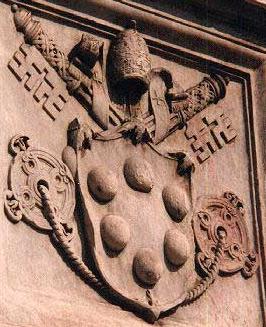
The de' Medici Dynasty and Italian History
The Late-Middle-Ages, Early Renaissance, Giovanni: The Founder
The Early Renaissance, Cosimo and Lorenzo: The Elders
The High Renaissance, Piero and his son, Lorenzo the Magnificent
Florentine Independence and the End of the
Florentine Renaissance, Piero II and Lorenzo II in Exile
The Roman Renaissance, Cardinal Giulio de' Medici and Pope Leo X
(Giovanni de' Medici)
The End of Florentine Independence, Pope Clement VII (Giulio de' Medici), Alessandro, and
Caterina de' Medici
The Late Renaissance, The Grand Duke and Duchess of Tuscany: Cosimo de' Medici
and Eleonora di Toledo
The Age of Discovery, Francesco and Ferdinando: Two Very Different Brothers
The Age of Reason and The Enlightenment, The Decline of de' Medici Reason and Enlightened
Governance
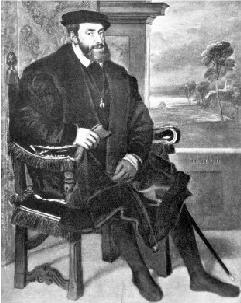
![]()
Charles V, Emperor of the Holy Roman Empire

![]()
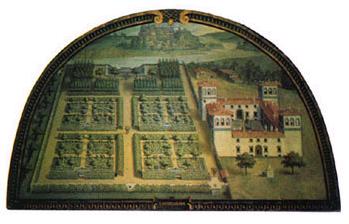
![]()
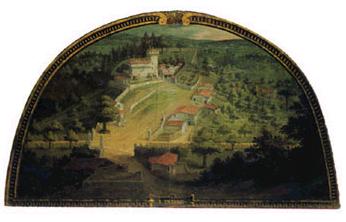
![]()
![]()
![]()
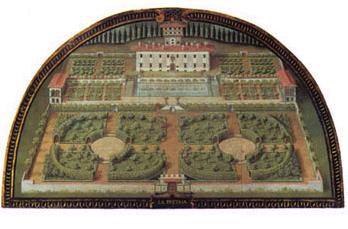
![]()

![]()
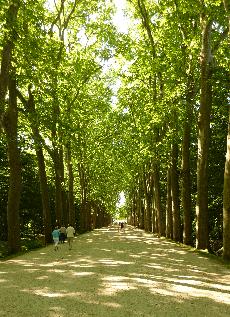
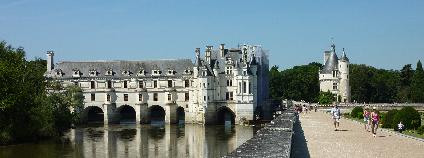
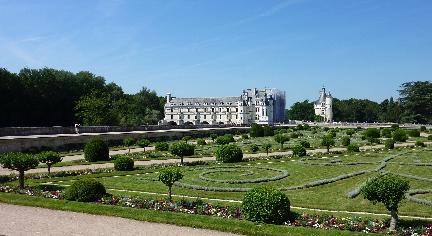
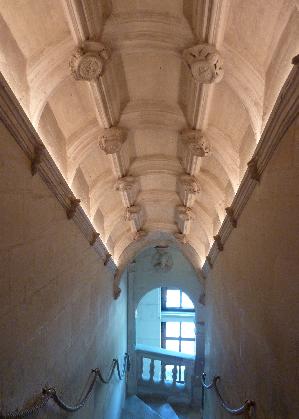
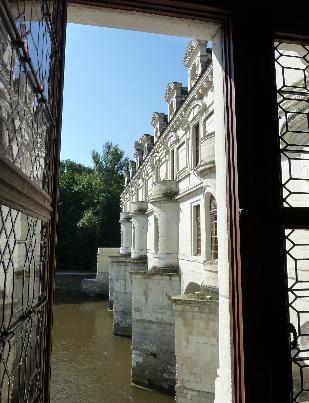
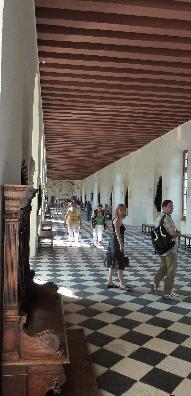
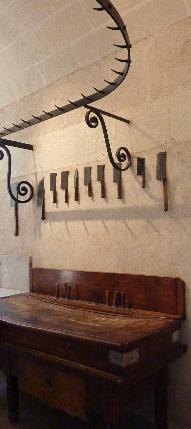
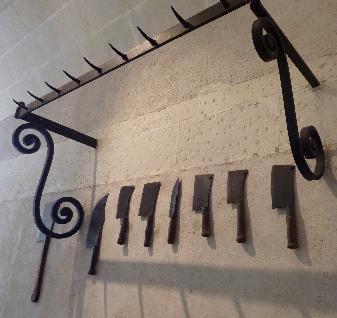
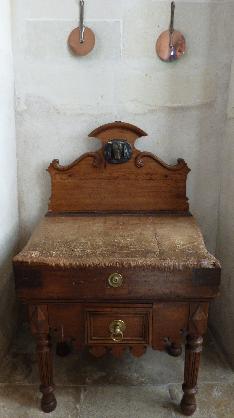
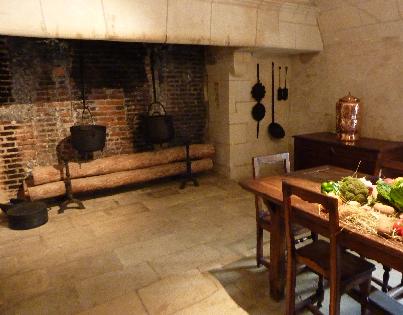
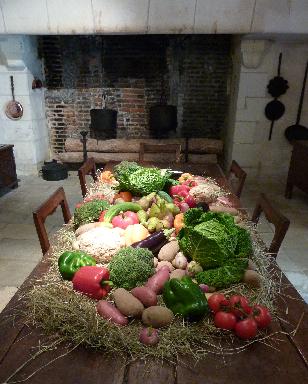
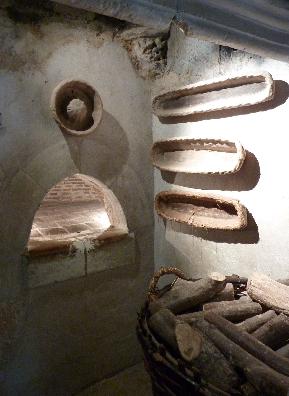
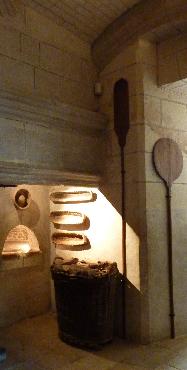
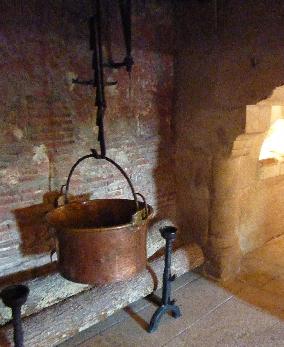
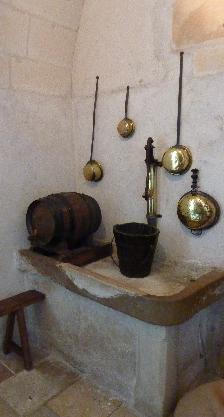
The End of Florentine Independence
Pope Clement VII (Giulio de' Medici), Alessandro, and
Caterina de' Medici
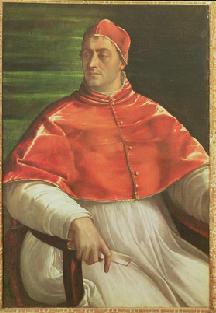
![]()
Pope Clement VII (1478-1534) c.1526

![]()
Charles V, Emperor of the Holy Roman Empire
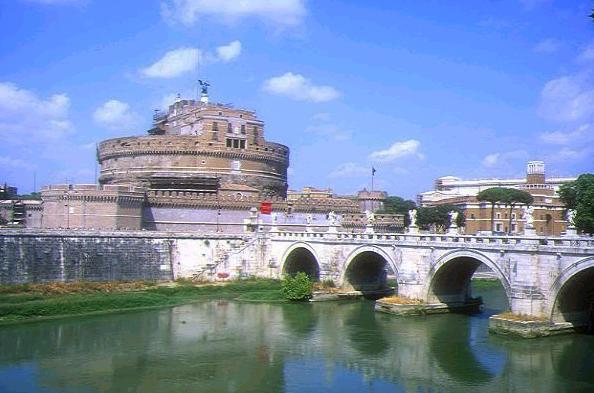
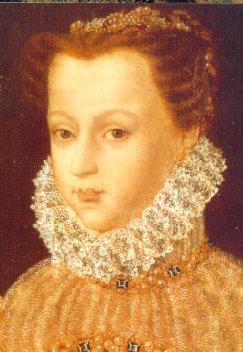
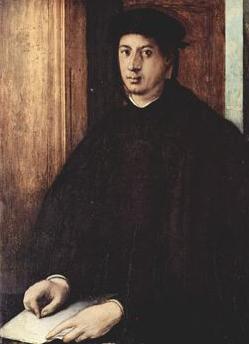
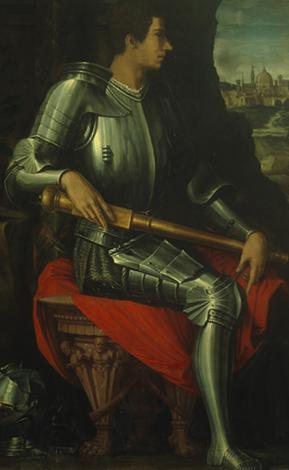
Caterina de' Medici, Queen of France
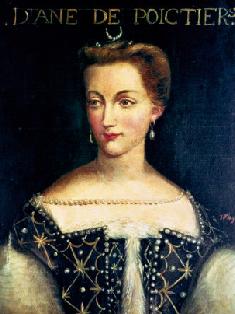
![]()
Diane de Poitiers Mistress of Henri II, King of France

![]()
Portrait of Catherine de Medici, Facsimile of a 16th Century Drawing
Alessandro Il Moro, Duke of Florence
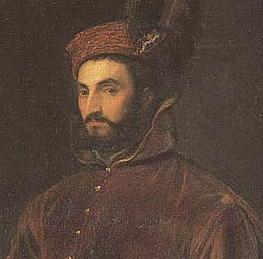
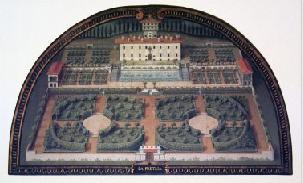
![]()
Villa della Petraia
Alessandro was not everyone's first choice for Duke of Florence.
His illegitimate birth from an illegitimate father made many uneasy.
To make things worse, his rule was increasingly despotic and he raised the taxes on the
people, always a support-loser. And Florentine republicans saw
Alessandro as a major obstruction to the
return of the Florentine Republic.
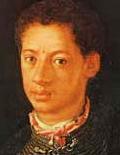
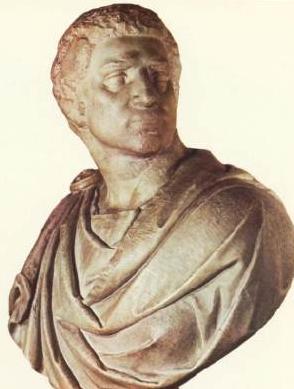
Filippo Strozzi
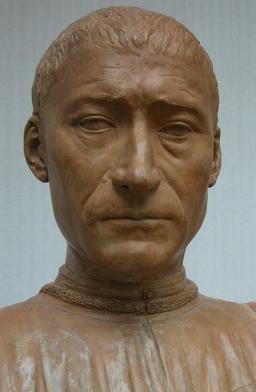

Caterina de' Medici


![]()
Henri II (1519-59), King of France, 1555

![]()
Miniature of Catherine de Medici